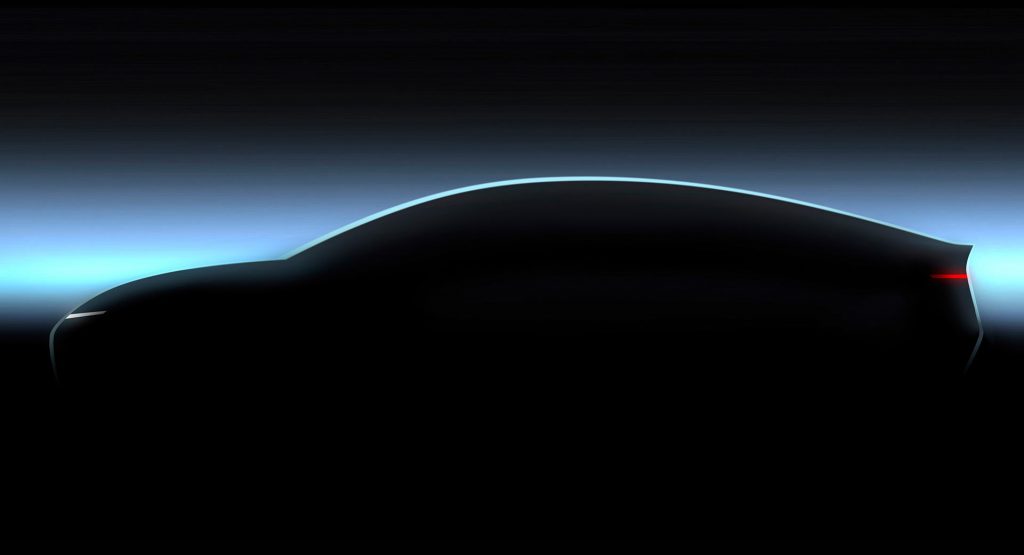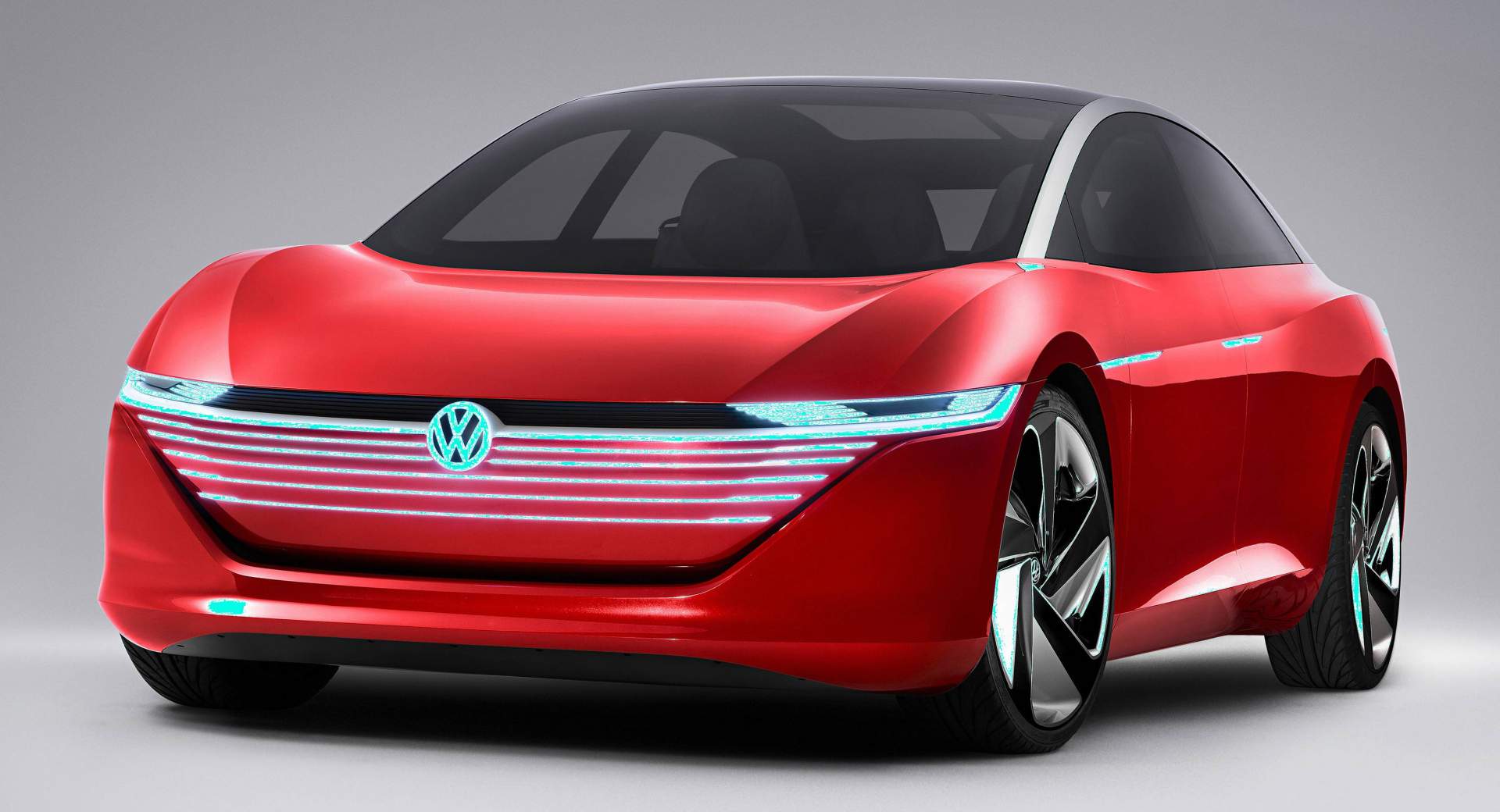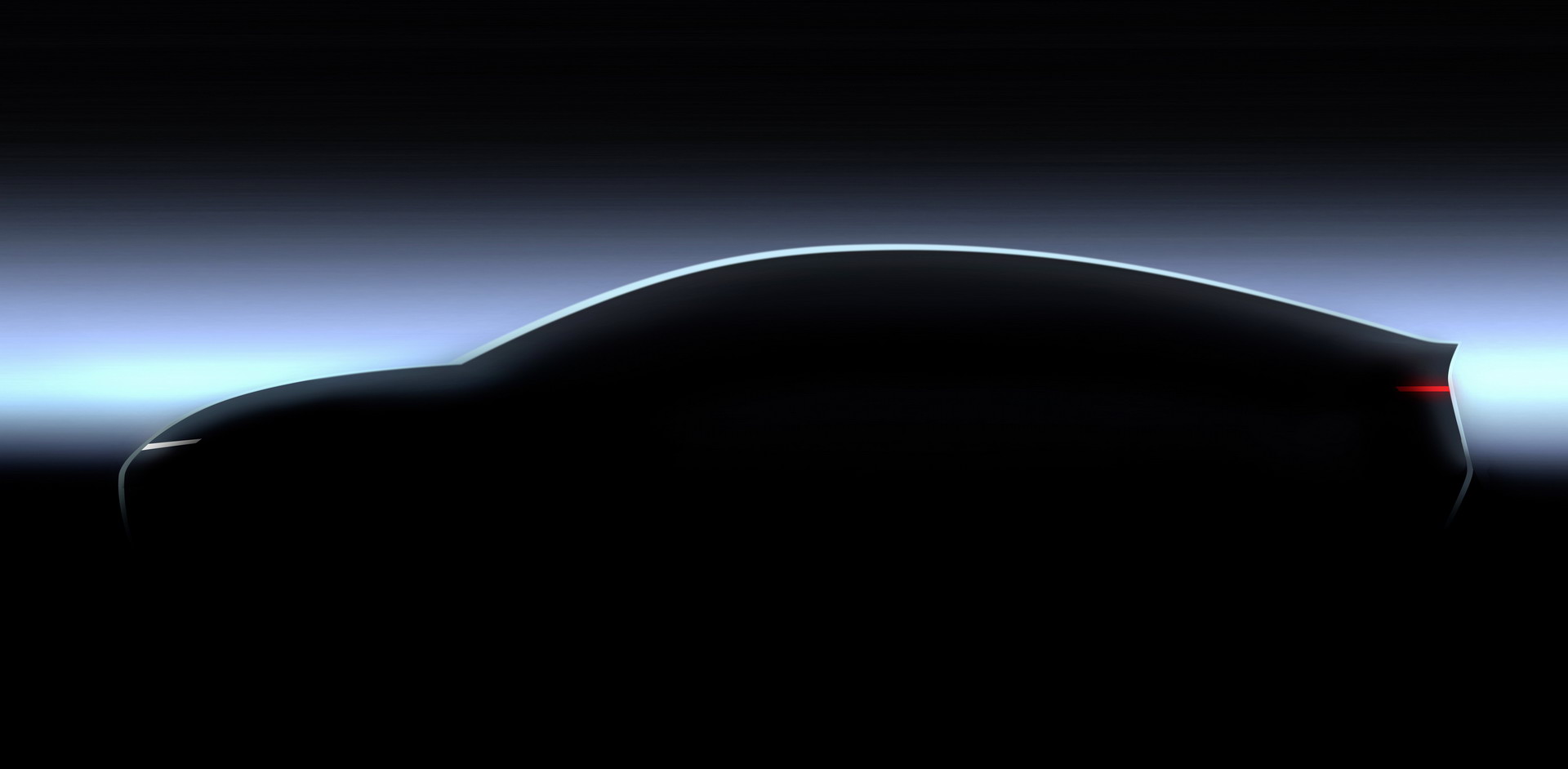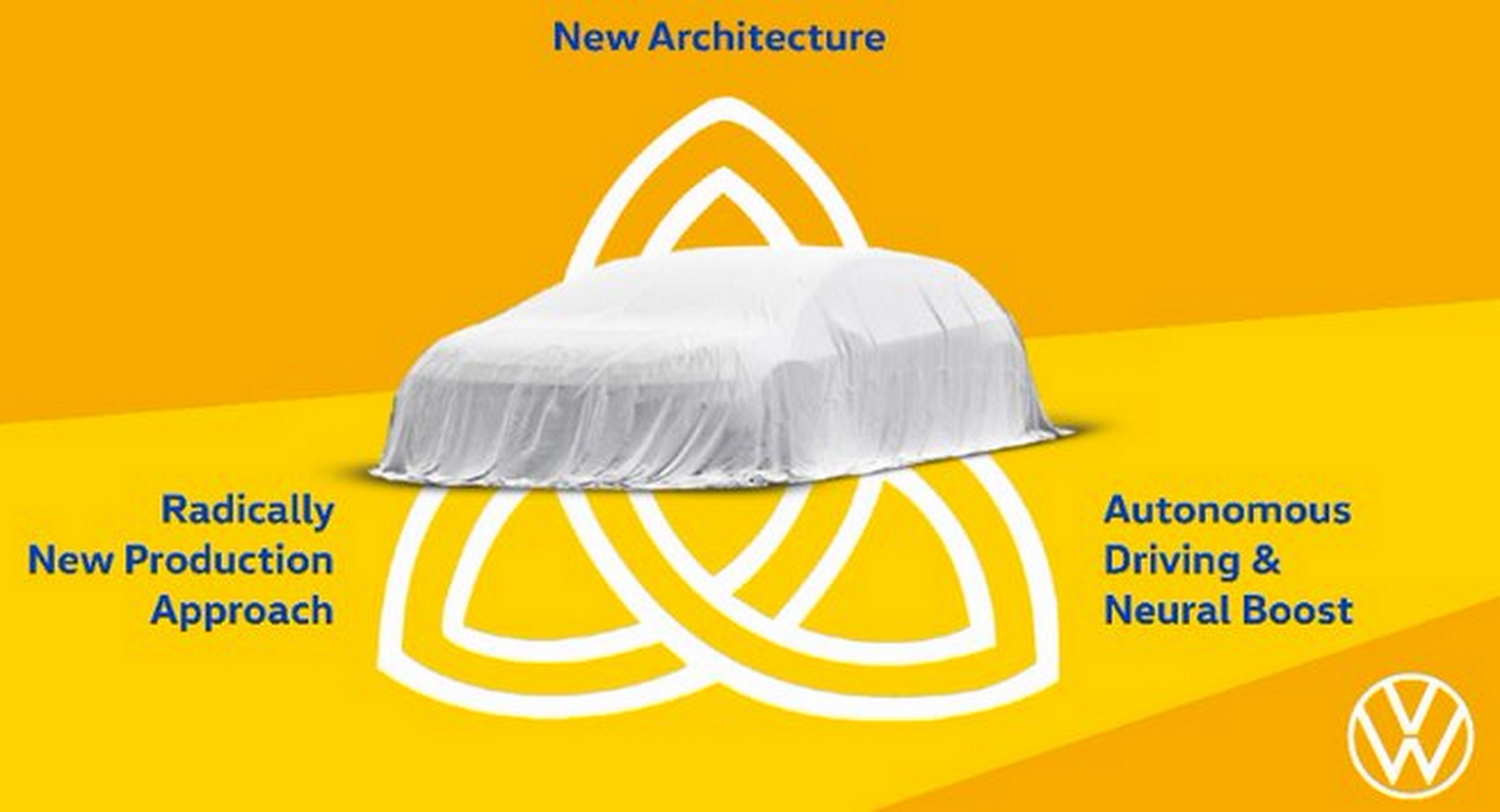VW has dropped the first teaser sketch of the Trinity Project, the carmaker’s flagship electric sedan that promises to set new standards in terms of range, charging speed, and software.
The teaser sketch shows the outline of an aggressively-styled fastback, showing similarities with the I.D. Vizzion concept VW revealed back in 2018.
The production of the Trinity Project is expected to start in 2026 in Wolfsburg, with the final product offering a Level 2 automated driving system from launch and be technically ready for Level 4, which will be activated by a later update.
Read More: Volkswagen Working On New Electric Halo Car Named Trinity
VW’s Trinity Project will sit at the top of the carmaker’s EV range, based on a new architecture and using new electric powertrains, battery technology, and state-of-the-art software to achieve its targets. A very long driving range is of course among those targets, as is really fast charging speeds – “as fast as refueling”, says VW in its press release.
“Trinity is a sort of crystallization point for our Accelerate strategy, a lighthouse project, our software dream car,” said Ralf Brandstätter, CEO of the Volkswagen brand.
“We are using our economies of scale to make autonomous driving available to many people and to build a learning neural network. In this way, we are creating the conditions for the continuous exchange of data from our vehicle fleet – for example, on the traffic situation, on obstacles, or on accidents,” said Brandstätter.
By the time Trinity Project reaches production, VW will have turned the Wolfsburg factory into a showcase for state-of-the-art, fully networked production processes.“We will completely rethink the way we build cars and introduce revolutionary approaches,” Brandstätter adds. “Digitalization, automation, and lightweight construction play an important role here.”
The Trinity Project shows VW’s intentions of transforming its business with more software-based products. The German carmaker is planning to generate additional revenue after the purchase of the vehicle via charging and energy services, software-based functions that owners can book as needed, or automated driving.
“In the future, the individual configuration of the vehicle will no longer be determined by the hardware at the time of purchase. Instead, customers will be able to add functions on demand at any time via the digital ecosystem in the car,” added Ralf Brandstätter.







